America’s iconic mission to the moon was supposed to be the start of mankind’s adventures into space. However, since the first moon landing of American astronauts in 1969, not much progress has been made in perfecting moon landing since then.
In fact, it feels like we have somehow gotten worse at landing on the moon in the proceeding years since Edwin “Buzz” Aldrin and Neil Armstrong planted the American flag on our moon’s soil.
Latest Moon Landing Attempt
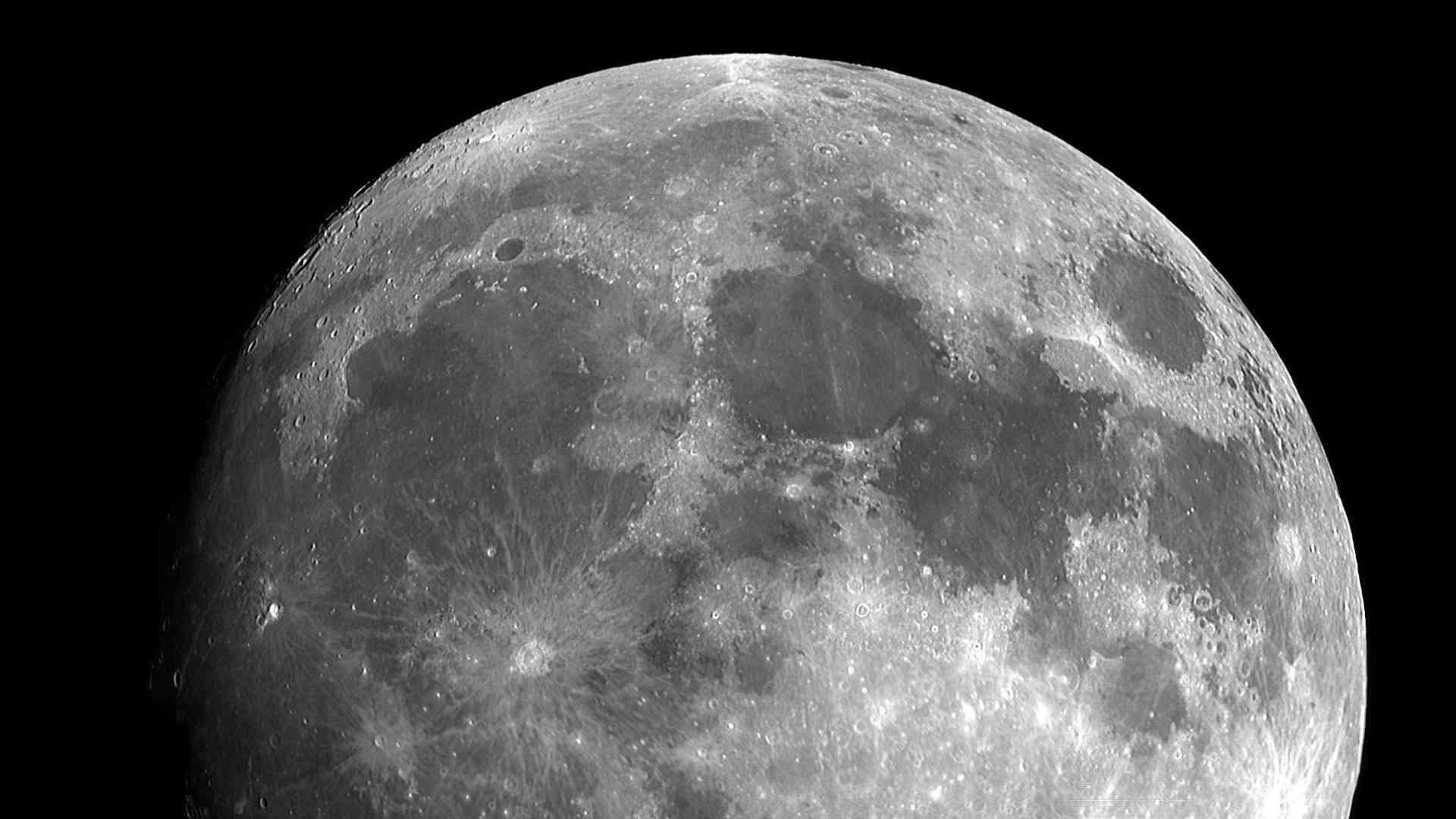
The moonlander craft Peregrine attempted a landing on the moon in early January of this year. While the launch seemed successful at first, The Guardian reported engineers were distraught to discover that the spacecraft started leaking fuel shortly after its rocket boosters had detached from it, making completing its mission impossible.
The Peregrine was the first U.S. moon lander to attempt a voyage since the Apollo space program ended in 1972.
Fate of the Peregrine
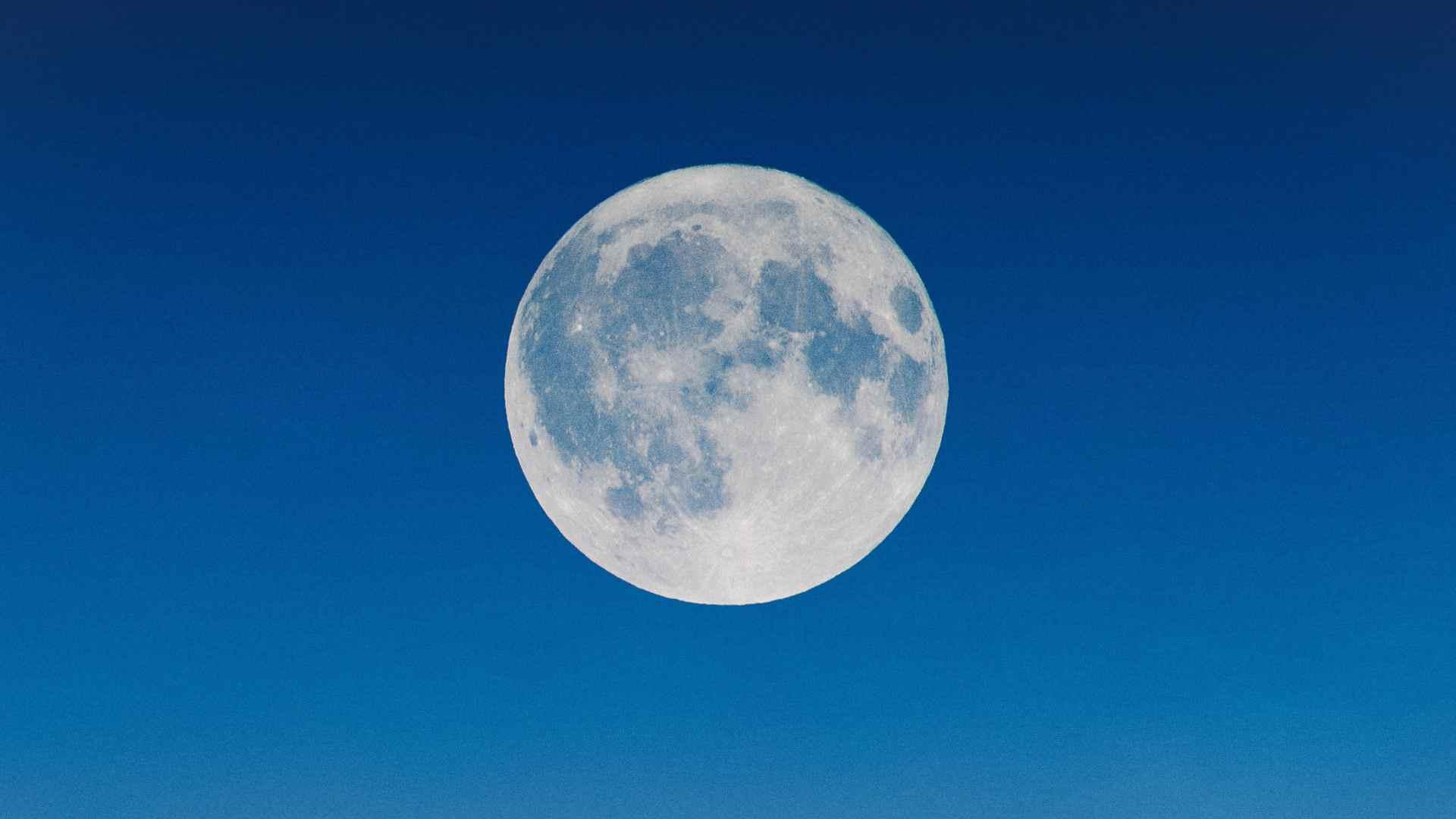
Since the Peregrine could not easily make it to the moon, it floated around in the orbit of the Earth for six days. After this time, it began a descent through Earth’s atmosphere, where it burned up over the Pacific Ocean.
The company behind Peregrine, Astrobotic, chose to direct the craft back to Earth to avoid hitting space debris. The company had put 16 years into the lead-up of this moon landing opportunity, only for it to end in failure.
What Went Wrong
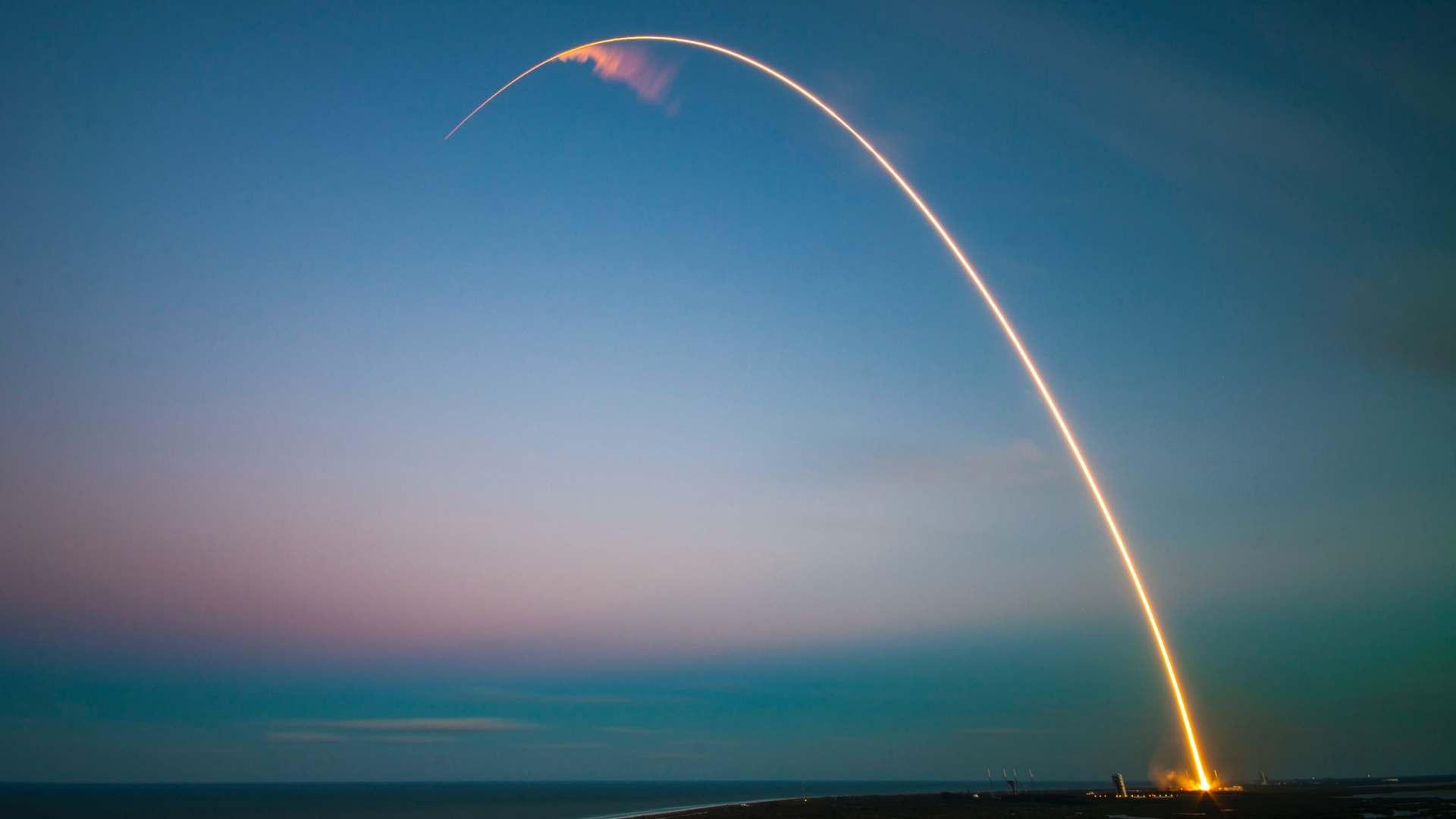
Seven hours after the launch of the Peregrine, Astrobotic detected a problem with the propulsion, which was later determined to stem from a small fuel leak that dashed hopes for the mission to continue. The company still had control of the spacecraft and maintained hope conditions in space could change for the better.
According to SpaceNews, the company has launched a formal investigation into what went wrong. Until that investigation concludes, the exact cause of the malfunction is not confirmed.
More Than 50 Years Since Man Walked on the Moon
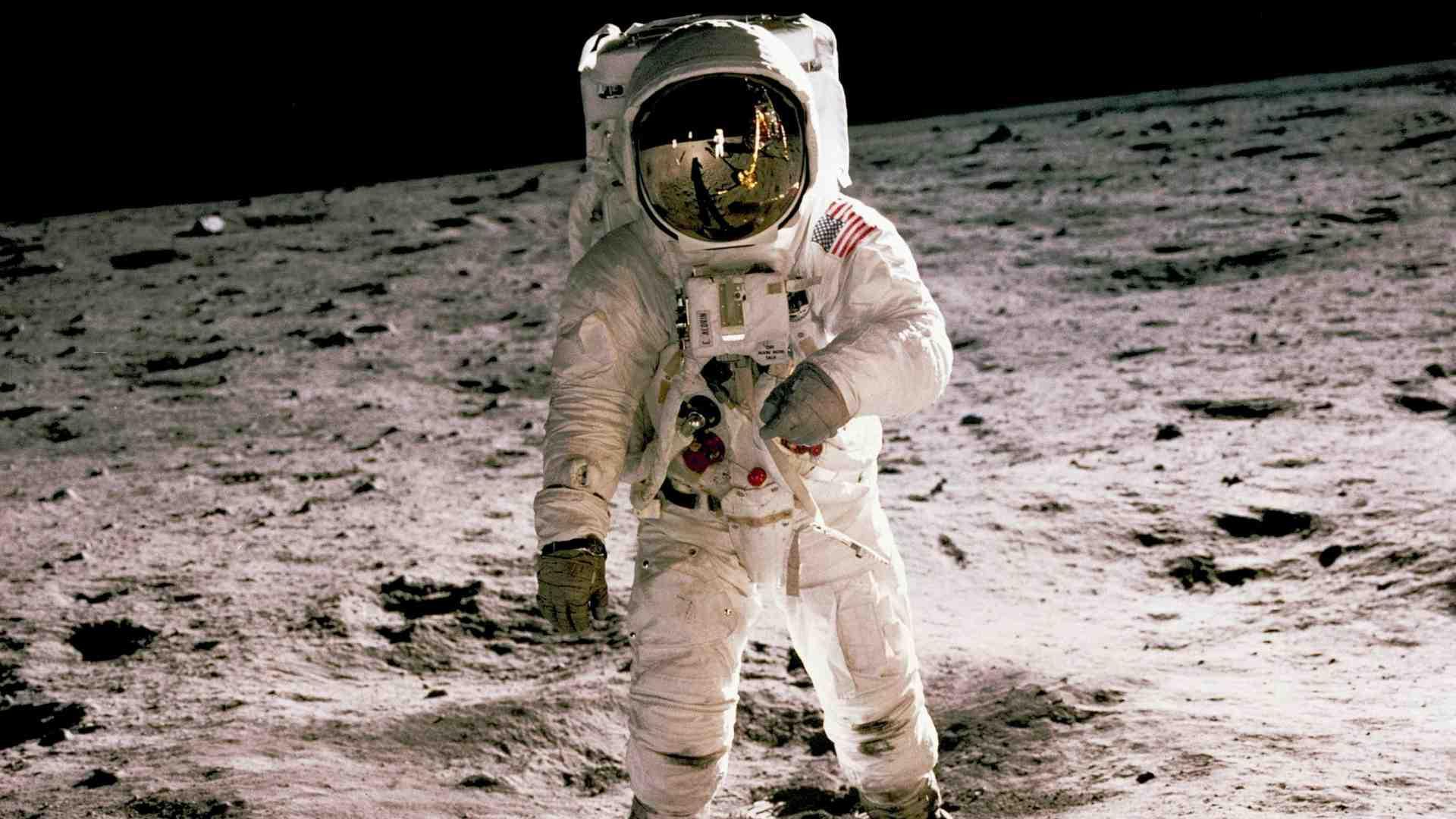
It is hard to believe, but it has been 50 years since the last successful moon landing mission when astronauts walked its surface.
When hopeful Americans watched the historic event unfold on television screens, it was hard to imagine that this wouldn’t be a sight that would continue in the future. The moon landing was one of the most watched events in television history, with over 650 million people tuning in for the Apollo 11 broadcast.
America’s Failures
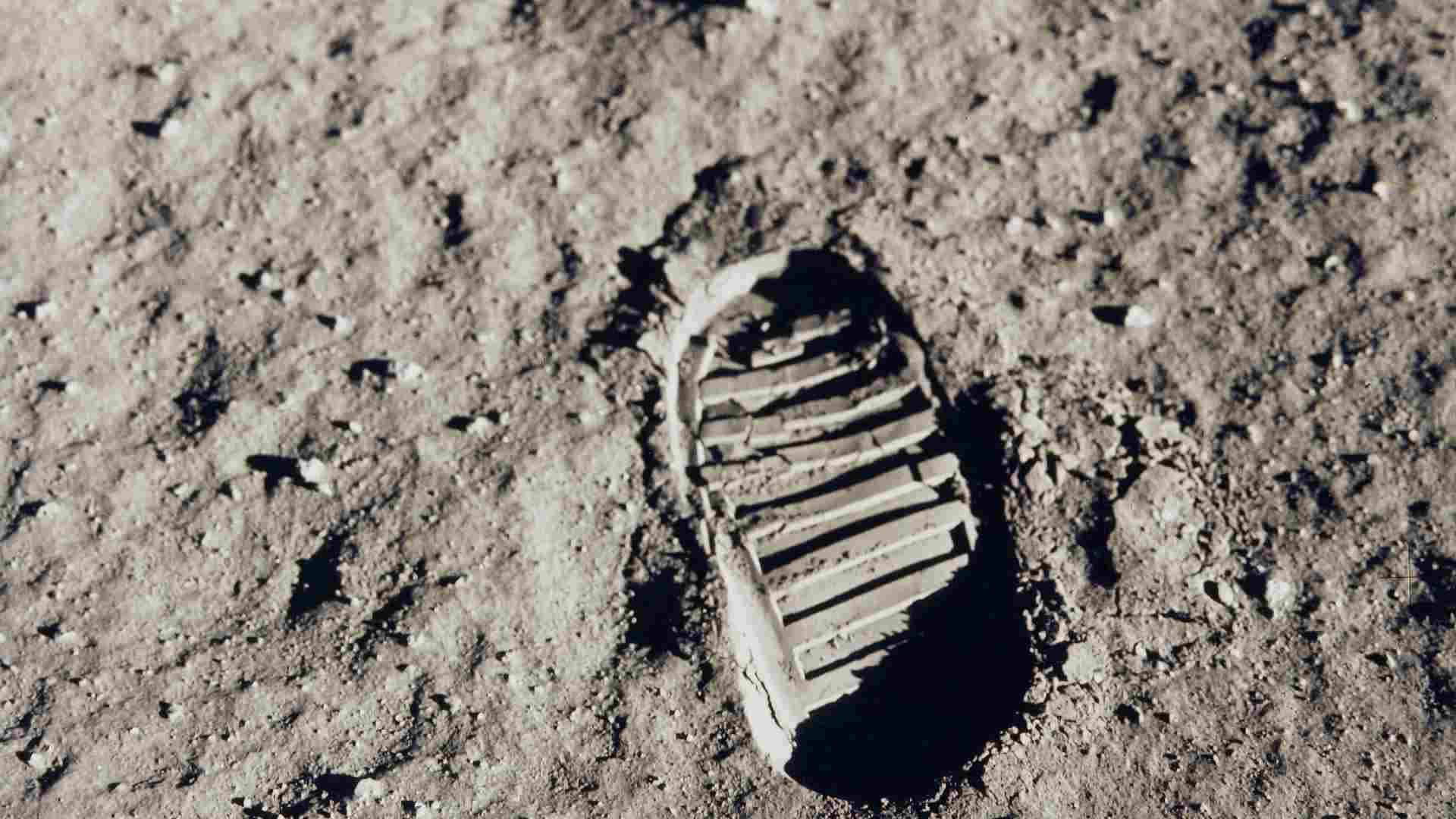
In the years since the first moon landing, many failures held space exploration back. One often cited failure was the Challenger space shuttle disaster, which occurred in 1986.
After only 73 seconds after it was flying on its mission, it broke apart in a catastrophic explosion, killing its seven crew members. This one failure alone caused a 32-month suspension of the Space Shuttle program while President Ronald Reagan ordered a commission to investigate it.
Not Just Americans Have Failed

While America and NASA’s failures to advance space exploration get a lot of attention, they aren’t the only countries who have struggled with the mission.
The Guardian reported in 2023 that Russia’s own space lander crash-landed directly into the moon. The former Russian state, the Soviet Union, was also a huge player during the space race of the 1960s. Like the United States, it is also seeing its recent efforts at space exploration fail.
Private Companies Don’t Fare Much Better
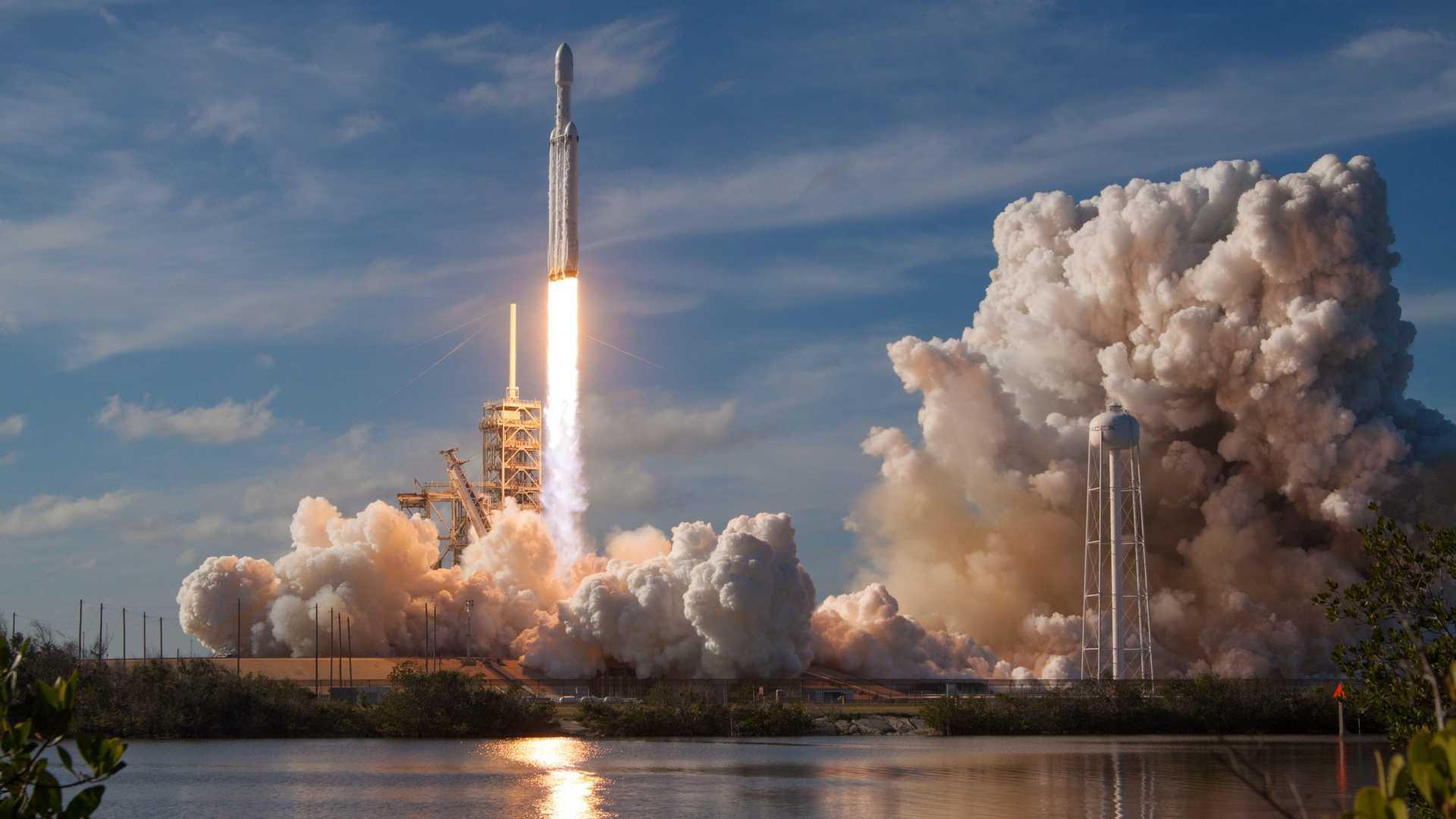
While some may place the blame on government bureaucracy and wasteful spending, the private sector has not had much luck landing on the moon either.
The Guardian reports that private industry landers had a 100% failure record up to this point. With the latest Peregrine failure, private moon landers have failed a total of three out of three times. The other attempts came from Israel in 2019 and Japan in 2023.
No Standard Spacecraft
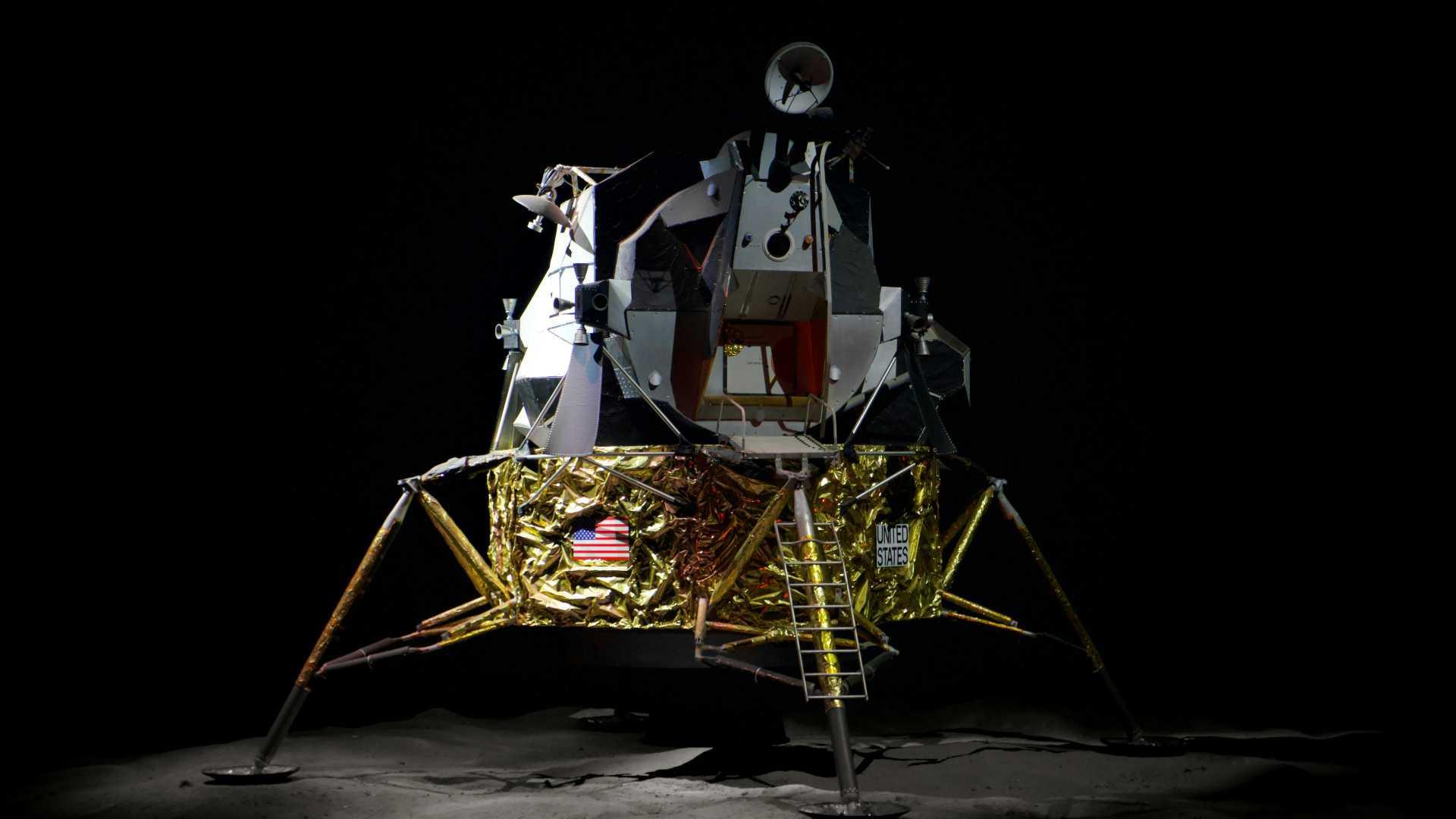
One reason that spacecraft are struggling is that no one has found a consistent standard of design that works. This is because there are so many variables that go into ensuring a successful launch that every spacecraft has to be specifically designed for its mission.
Almost every spacecraft launched to land on the moon is a prototype. If these prototypes don’t survive their mission, then no spacecraft can become the standard.
Weight Is Tricky
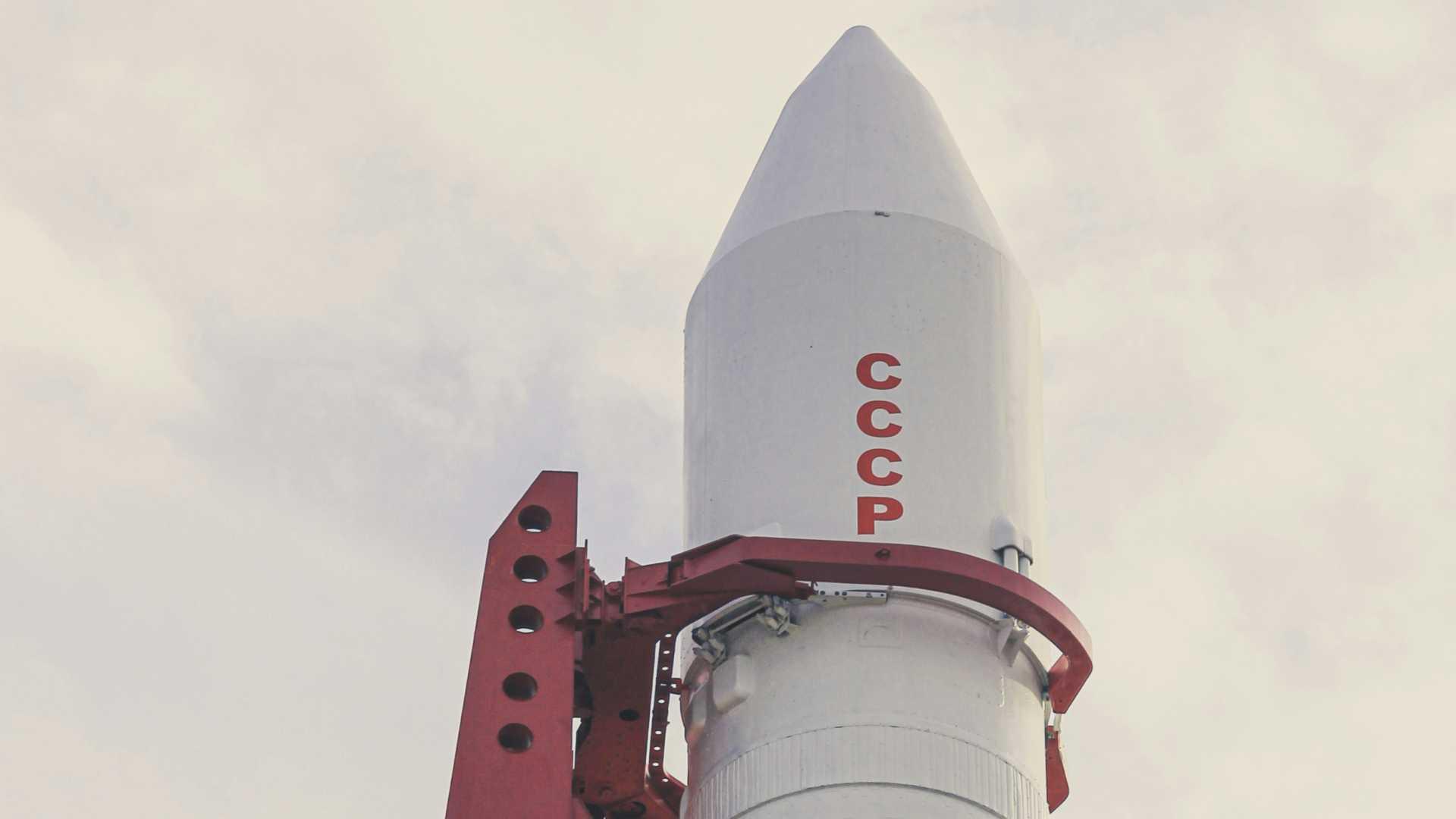
It turns out that the weight of a spacecraft is a very finicky thing to get right. Jan Wörner, former director of the European Space Agency (ESA) described how weight affects the ability to fly and the safety of the craft.
“You are always close to failure because you have to be light or the spacecraft will not fly. You cannot have a big safety margin,” he told The Guardian.
Why Are We Better in the Past Than in Modern Times?
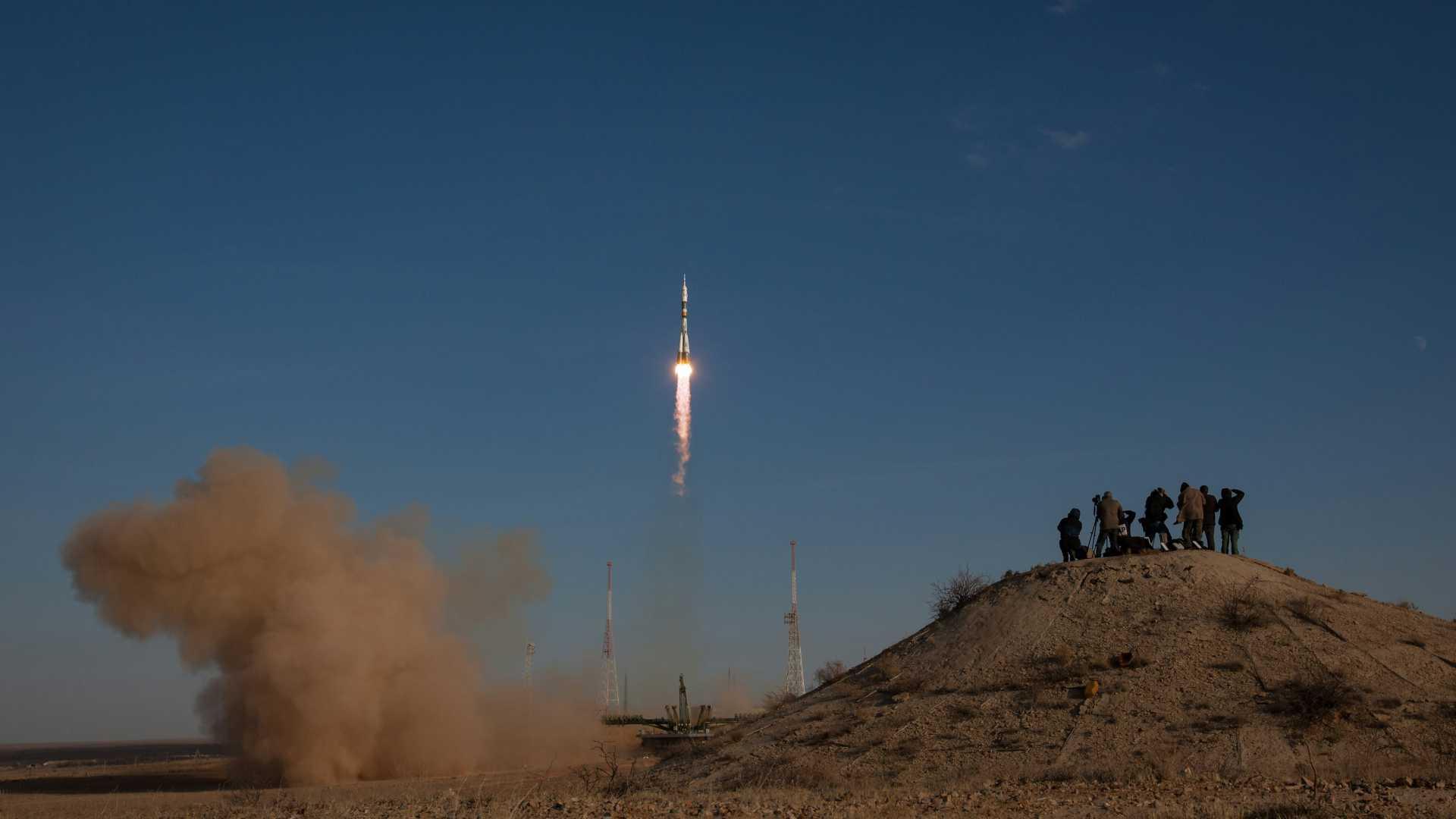
Nico Dettman, leader of the ESA’s lunar exploration group, provides an explanation as to the reason why our modern lunar landers seem so inferior to ones from 50 years ago.
“There were decades when people were not developing landers,” Dettmann told The Guardian. “The technology is not that common that you can easily learn from others.” After the Apollo program ended, many lunar landers just fell out of favor with space exploration efforts.
Future for Moon Landing

On Jan. 19, the Japanese Aerospace Exploration Agency completed a successful moon landing with its spacecraft. However, even this successful landing on the moon’s surface experienced an issue with its solar panels and engine failure. It is unlikely to be able to return safely to Earth.
With Japan’s recent success, despite the mission’s challenges, it may be the driver of moon landings for future generations.
